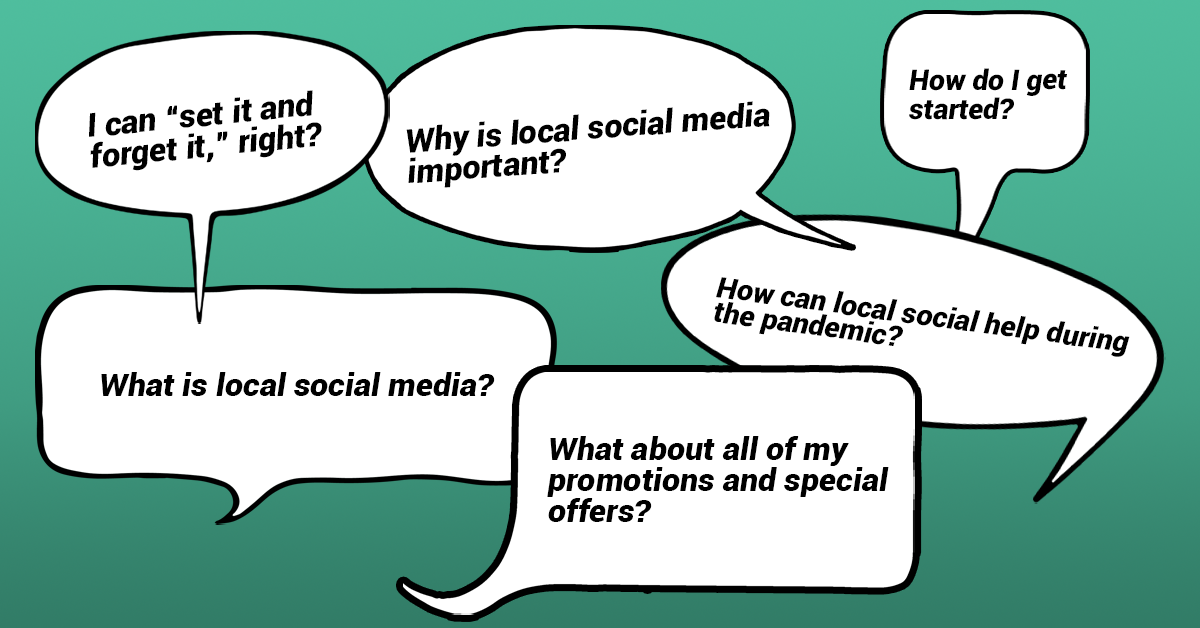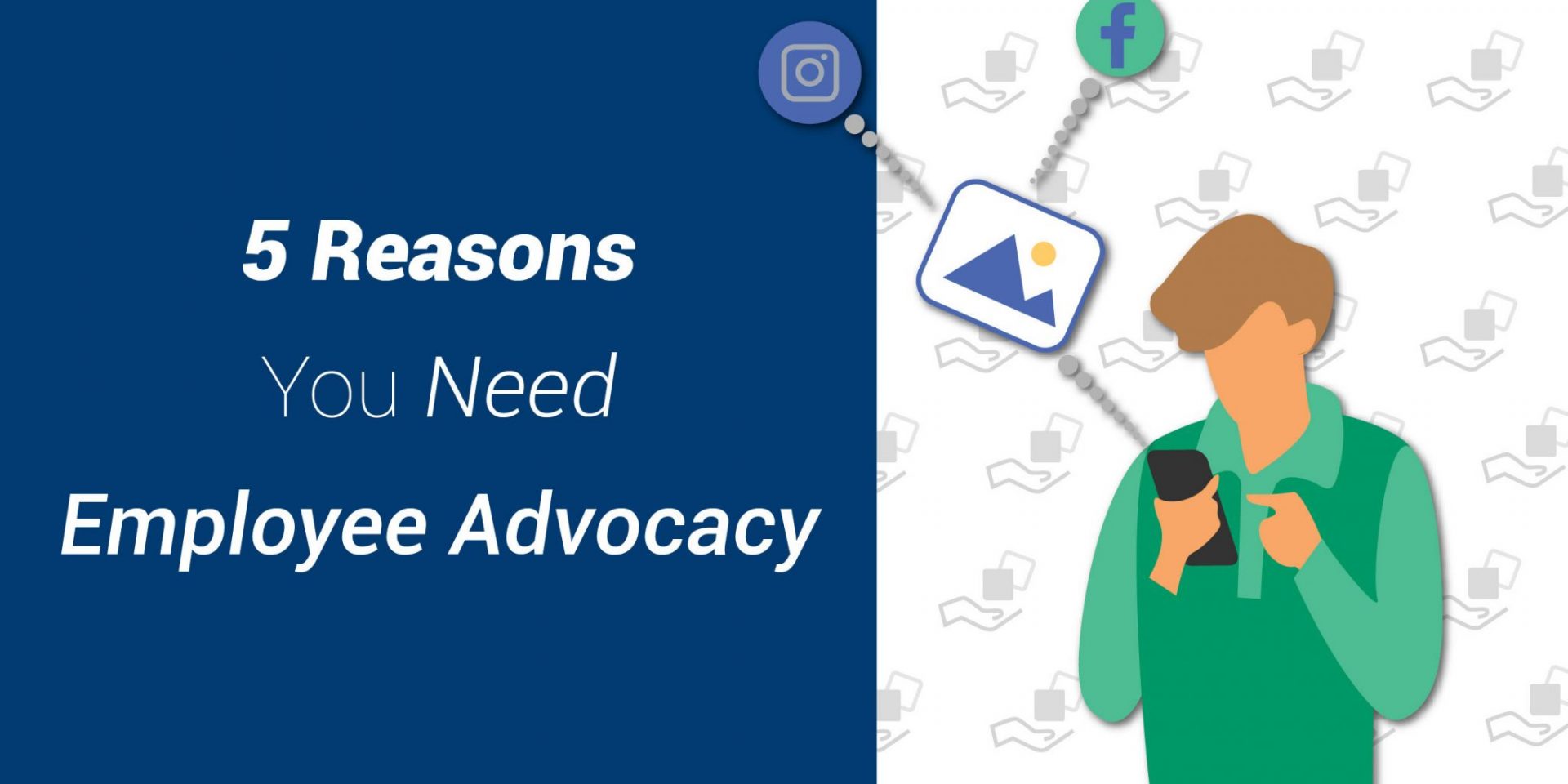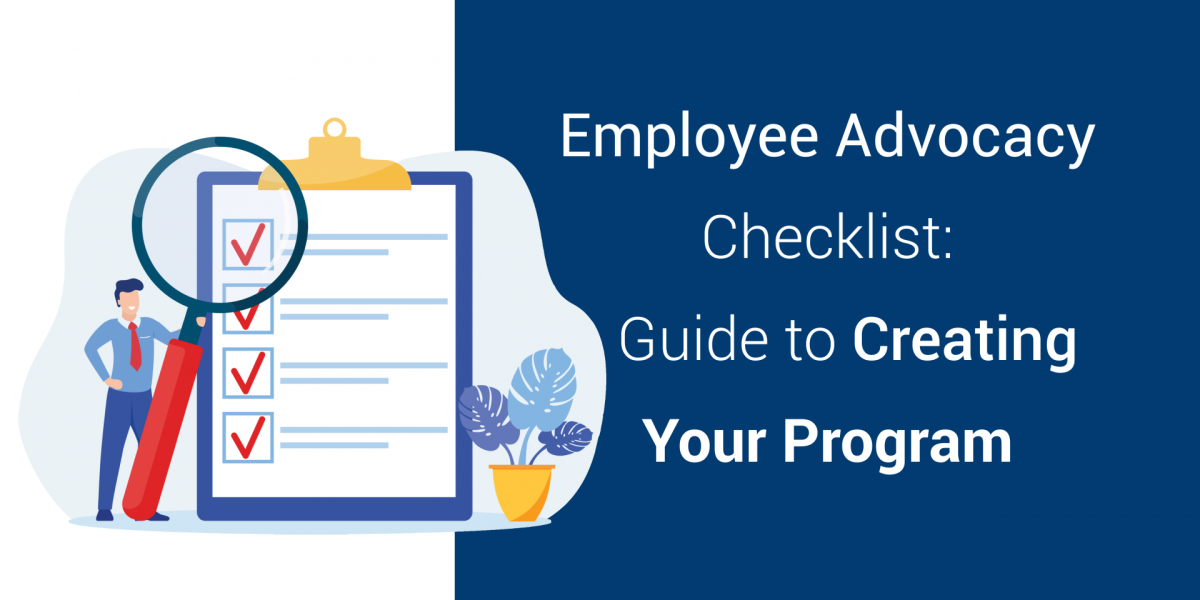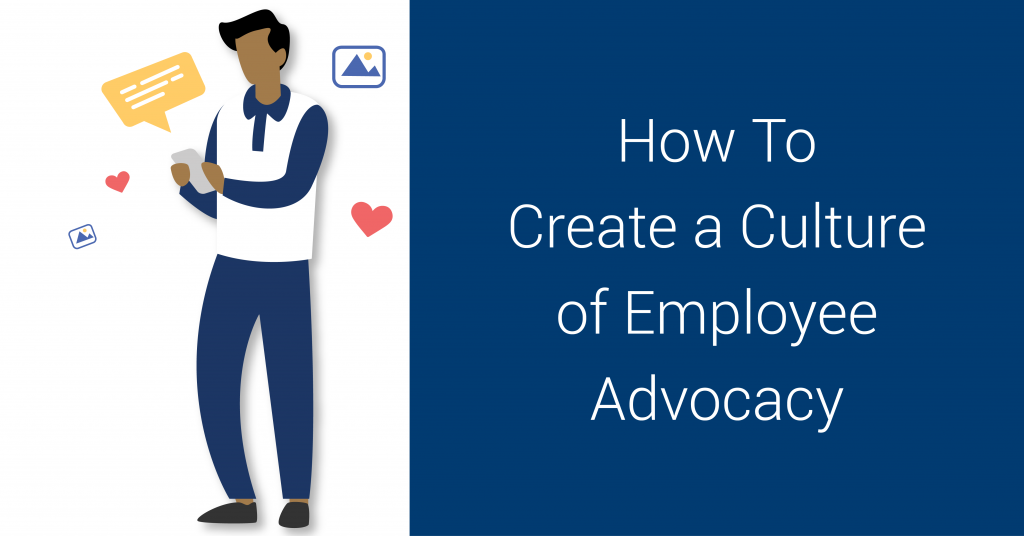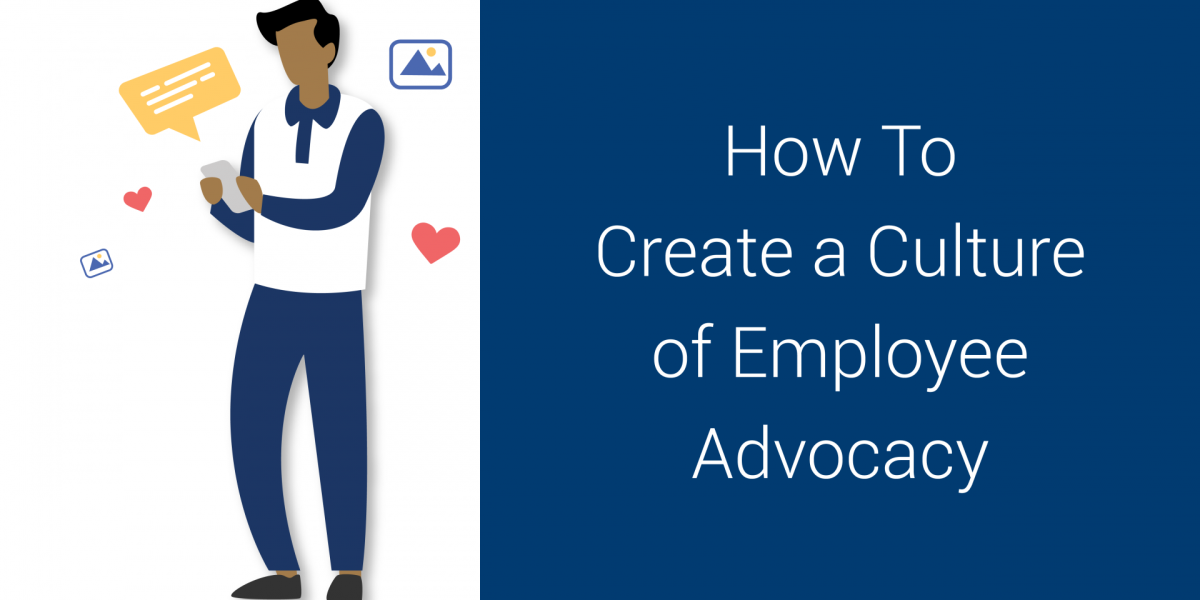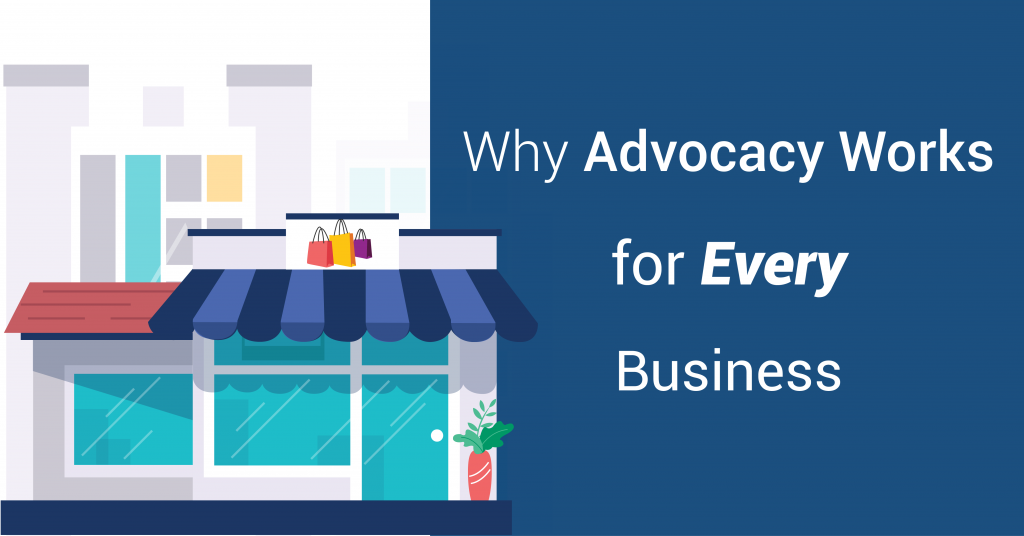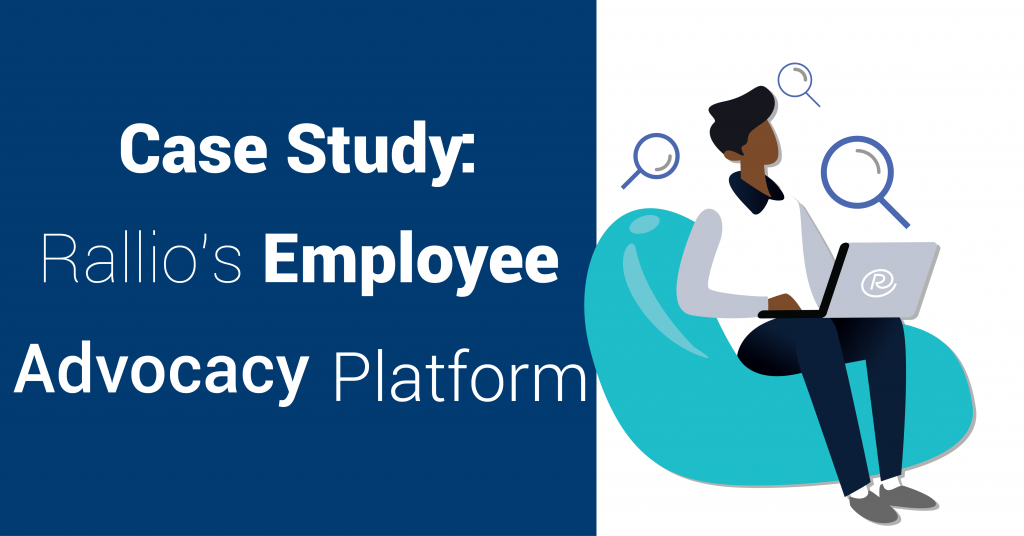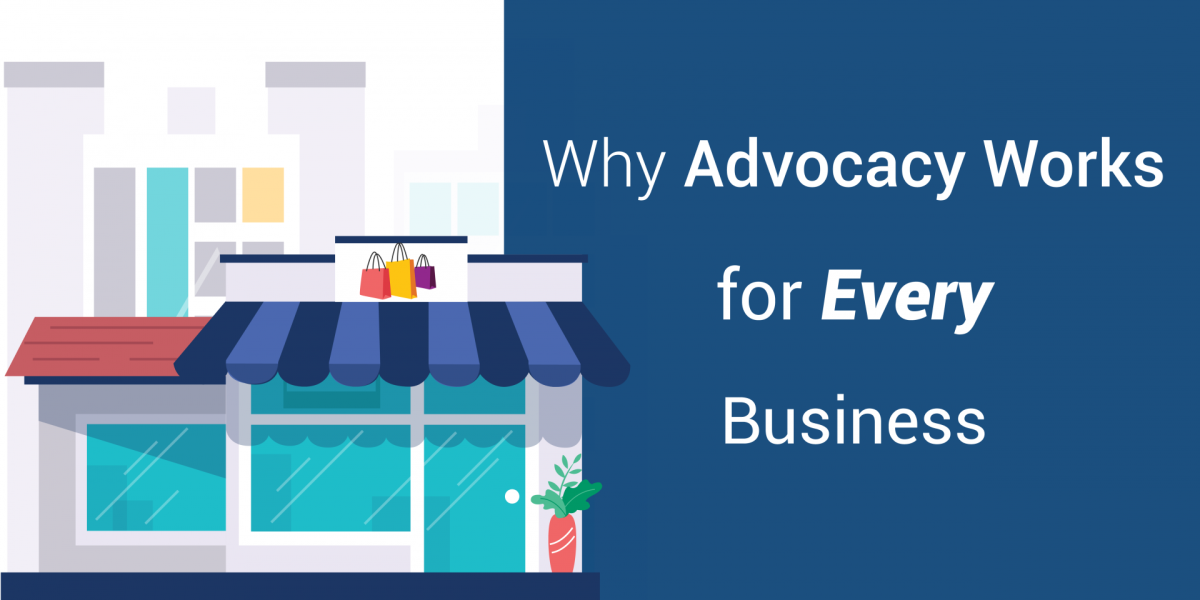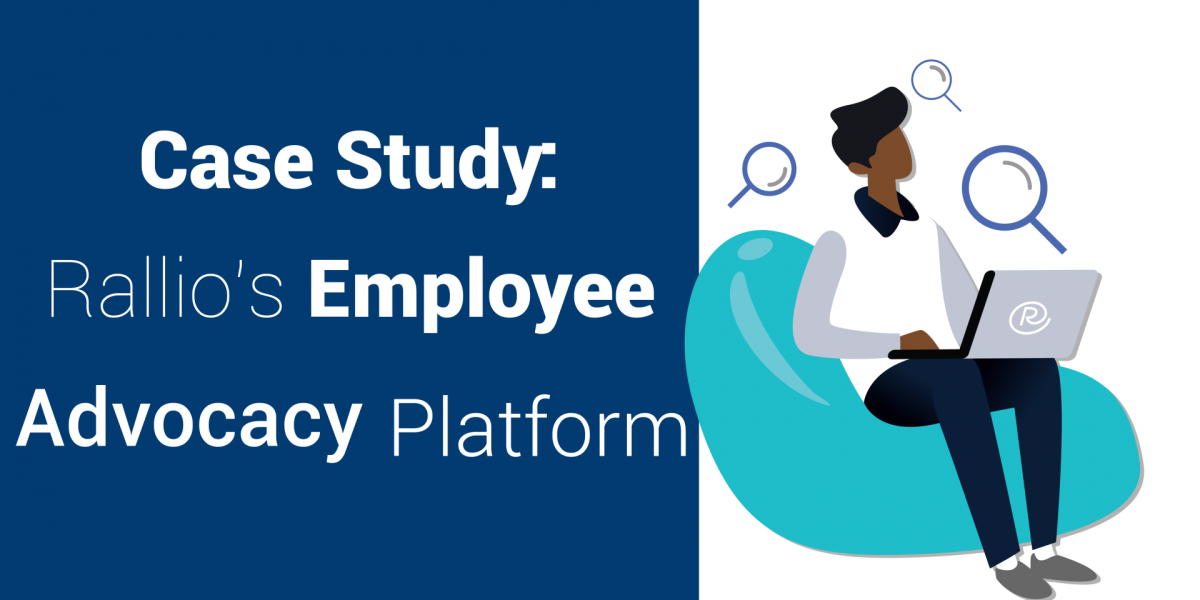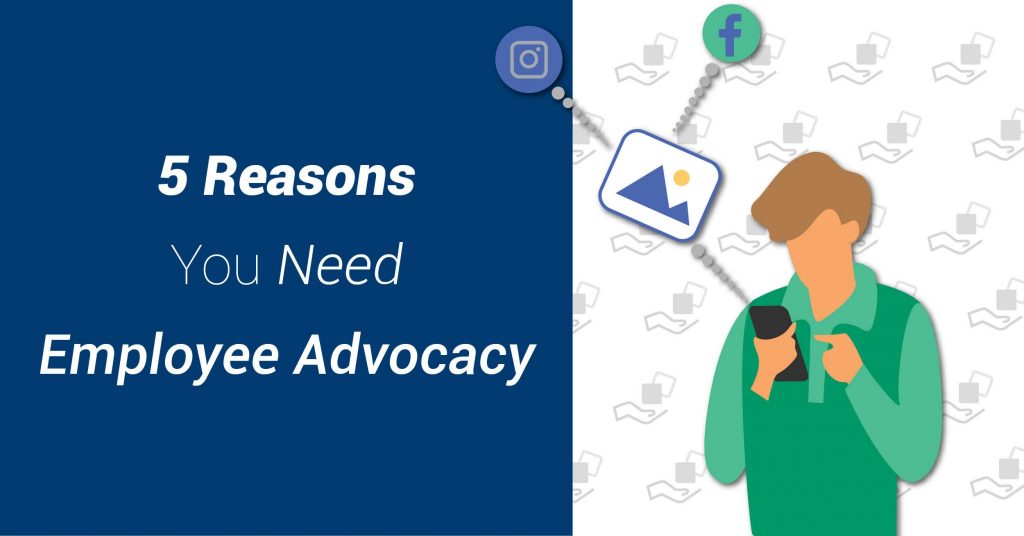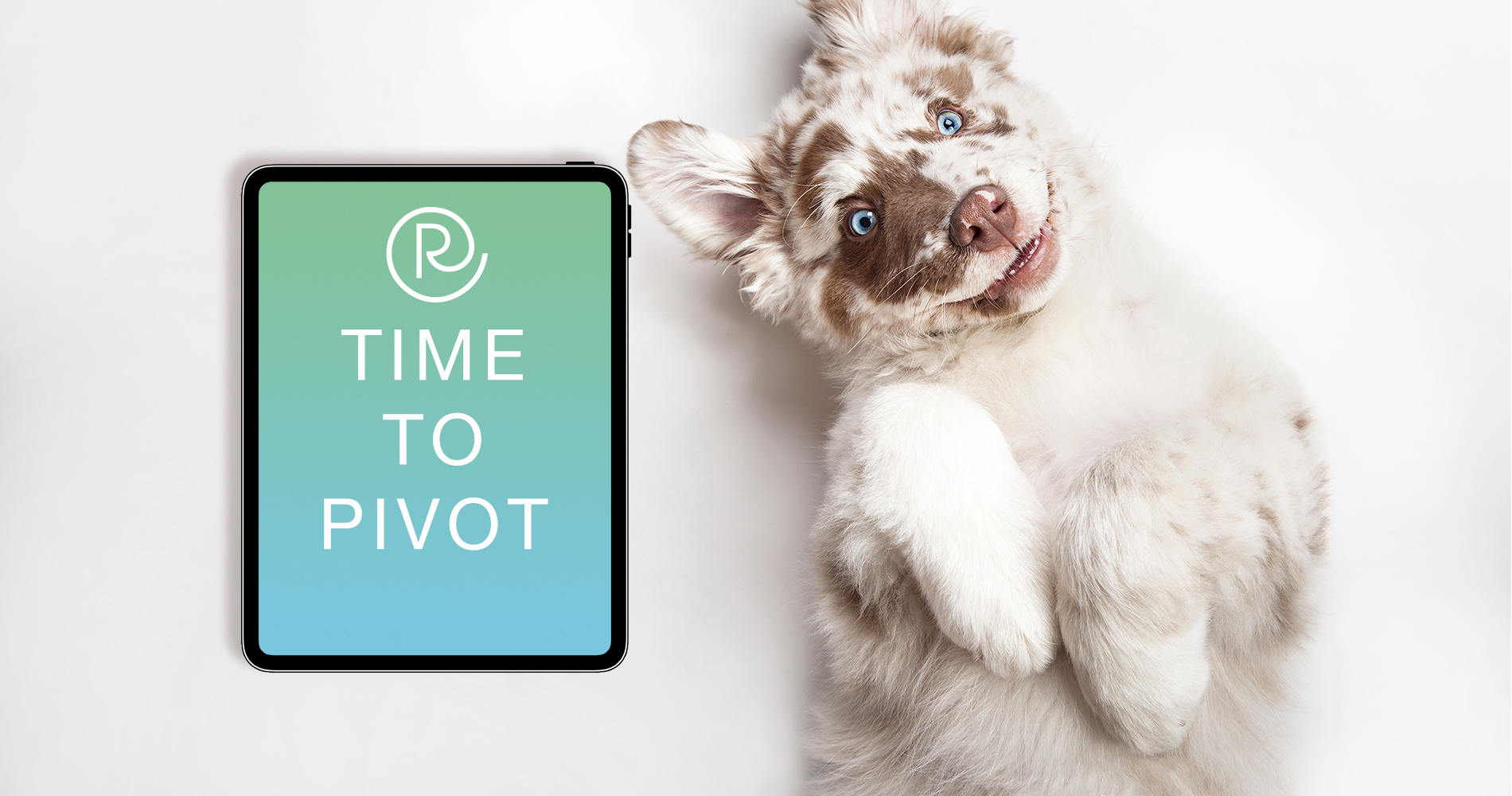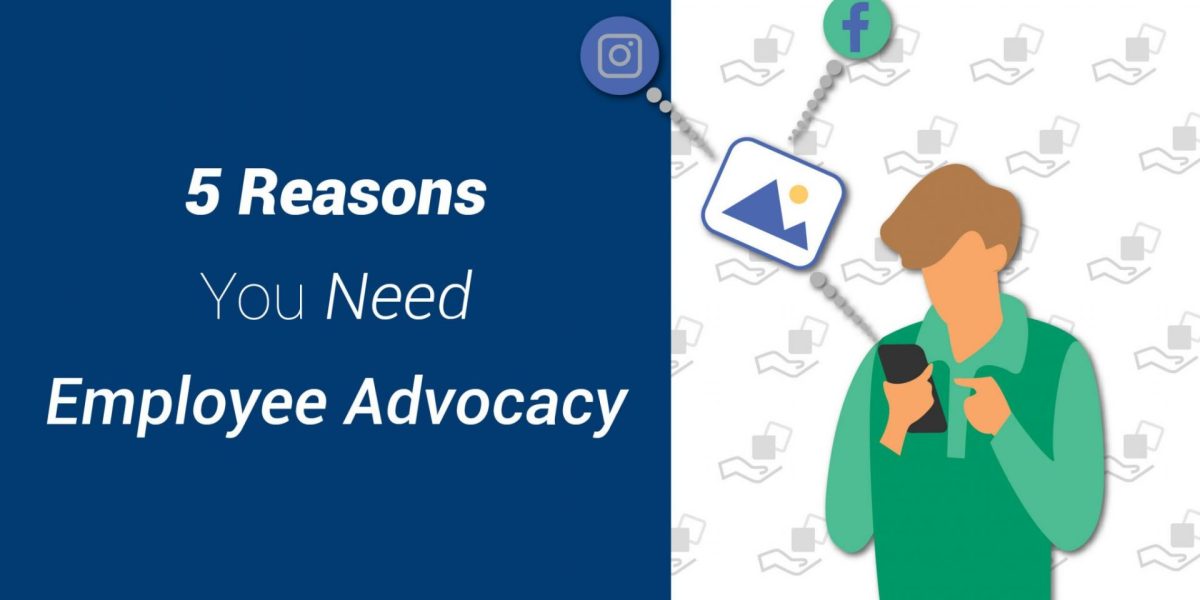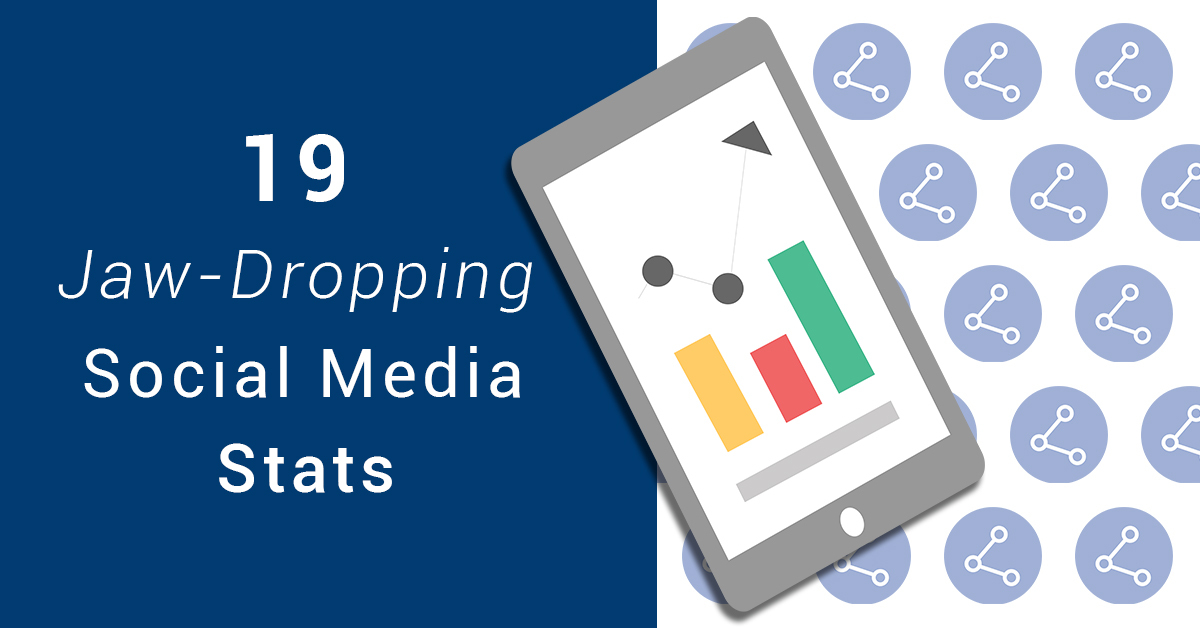Have you ever wondered how you could enlist the support of your employees in advocating for your brand? The idea is simple: Encourage your employees to provide feedback on their company, tell others about your company and products, and help build a better brand through honest word-of-mouth marketing. Employee advocacy programs are essential to building a strong customer base and brand loyalty. Take a look below at just a handful of the top employee advocacy benefits you can expect for your franchise.
Improved Brand Awareness
Word-of-mouth is one of the most powerful tools in any marketer’s arsenal — and even more so when it comes straight from employees. Why? Because people tend to trust their peers more than brands themselves. One study found that word-of-mouth influences 93% of consumers to make purchasing decisions. Just 6% said they rarely rely on referrals to do so.
Employee advocacy is a type of word-of-mouth marketing that helps build your brand and reputation by developing a community of people who are passionate about your company and what you do. When people share the experiences they’ve had with your brand, they’re telling their friends about how great it is to work there or how much they love your product. They’re also building trust with their followers. With an employee advocacy program in place, you can leverage this natural propensity toward word-of-mouth marketing by encouraging employees to share their experiences.
Ability to Reach New Audiences
Employees are a great resource for building your brand on social media because they already have existing relationships with people who could be potential customers. In this way, they become authentic spokespeople for your brand. They know the product and service offerings, and they’re able to share them in a way that feels more genuine than if you were to do it yourself.
This helps you reach new audiences on social media who might not be familiar with your brand. Employees can help grow your social media following by sharing content from multiple platforms at once and engaging with followers across different networks like Facebook, Twitter, Instagram, and LinkedIn. For franchisees, they can also help build a local community of customers who become familiar with your location via employee advocates.
A Cost-Effective Way to Increase Sales
Employee advocates enable low-cost marketing channels that you don’t have to pay for. They’re already an integral part of your business, and they have an emotional connection with your brand. They also have credibility because they’re speaking from experience as customers themselves. In effect, employee advocates can help generate new leads and increase conversion rates at no additional cost to you or your budget.
The most effective employee advocacy programs should do all of the following in order to generate more leads:
- Encourage employees to share their experiences with customers on social media, in blogs and reviews, and at events like trade shows or conferences.
- Provide incentives for employees to participate by rewarding them for sharing their opinions online about products or services and providing feedback about how well companies are serving customers.
- Incorporate technology like Rallio to provide a seamless experience for advocates and enable analytics that show how well employee advocates are performing. With Rallio, employees are able to upload their own photos for use at both the local social level as well as all the way to corporate social accounts — while also getting rewarded for their efforts.
Related: Employee Advocacy Checklist: A Guide to Creating Your Advocacy Program
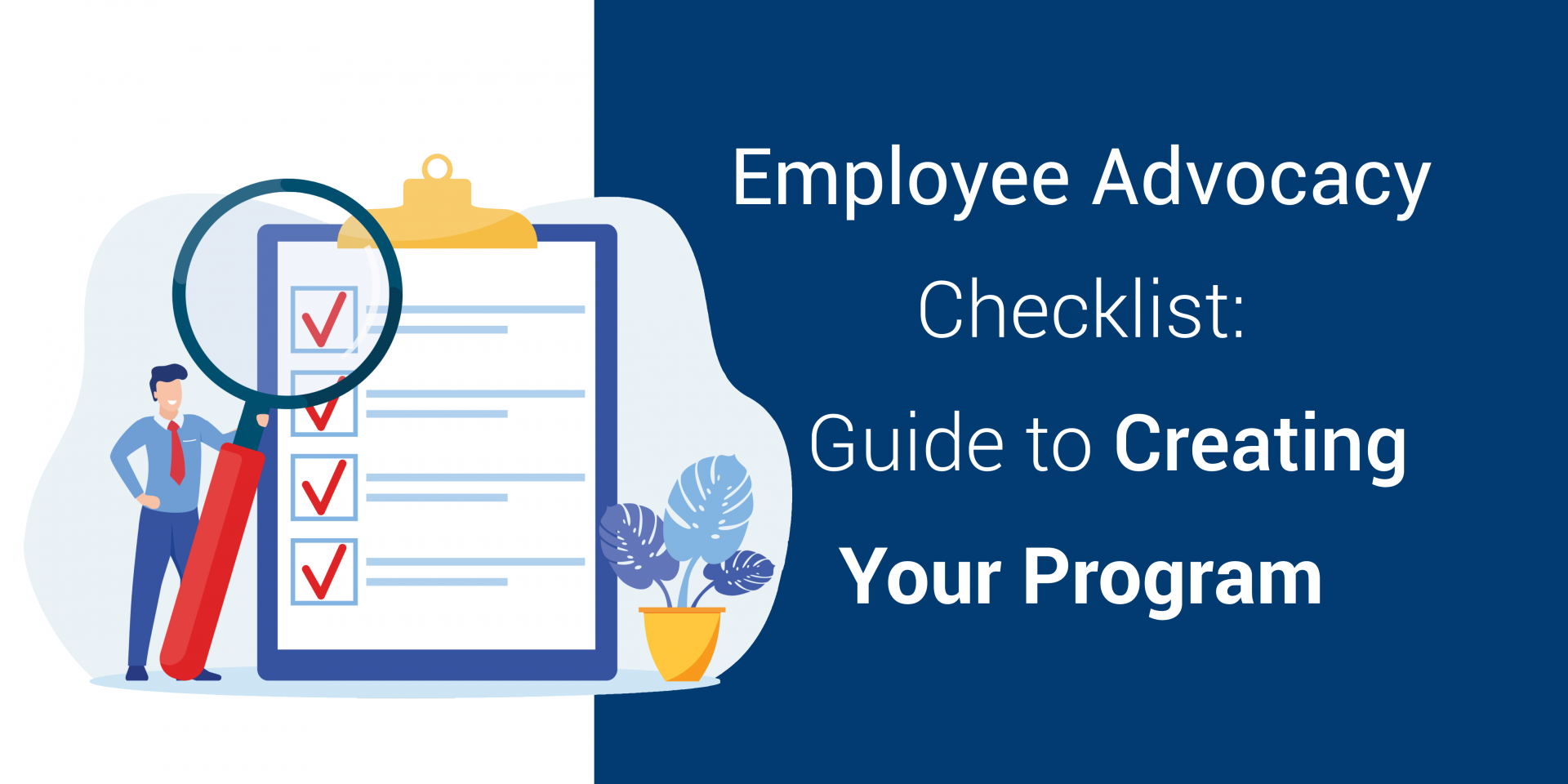
Improves the Customer Experience
Employee advocacy can improve customer service and the overall user experience by giving you more insights into how your customers feel about your business. Customers expect companies to listen to them and respond quickly when there’s an issue — yet many companies fail to do this. With an employee advocate program in place, your employees will be able to give you feedback on how customers are feeling about their interactions with your brand. This will help you understand what issues they’re facing so that you can address them in a timely manner.
An employee advocate program also allows customers to have a direct line of communication with those who know your business best: your employees. You can use this information to improve processes and make changes based on what customers are saying about their experiences with your company. For example, if multiple customers complain about poor service over email or social media channels, then this could be a sign that you need more training for your staff members or an improvement in processes.
Boosts Employee Morale and Retention
Employees who feel engaged with their work are more likely to stay with your company long-term. Employee advocacy helps employees feel more invested in their jobs and connected to their employers — which can lead to greater loyalty among staff members, which is good for business.
As such, one of the biggest benefits of employee advocacy is that it helps increase employee engagement by encouraging employees to feel like they’re part of something bigger than just their daily tasks. Employees who share content about your business on social media or via email feel more connected to their job because they’re contributing to something larger than themselves — in this case, your company’s success. This is especially true if you have a strong culture that encourages employee engagement, such as providing opportunities for employees to give input on how the company operates.
Once you formalize an employee advocacy program, this also gives you an opportunity to reward employees for their brand advocacy efforts. With Rallio’s help, you can establish incentives and rewards that entice them to want to spread the word.
Employee Advocacy Can Help Grow Your Franchise
The goal of an employee advocacy program is to get employees to talk about your brand, products and services without being asked. However, as much as companies want their employees to talk up their products and services on social media, many have strict policies on what they can and cannot say.
To help alleviate some of those concerns, it’s to your benefit to set up an employee advocacy program that encourages them to share content that supports your company’s mission or values — and steer clear of anything that doesn’t fit with your brand identity. This way, employees will have a clear understanding of whether or not something is aligned with your company culture.
If you need help incentivizing your employees to submit their own images for brand content, or if you want them to share your message across their own social networks, Rallio’s got your back. With reward programs designed by your team and technology that pulls it all together, we empower businesses like yours to reach new audiences while encouraging employee engagement. Find out more at rallio.com or reach out to sales@rallio.com.


